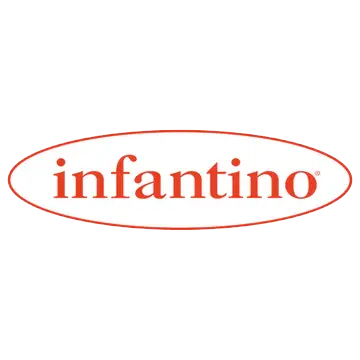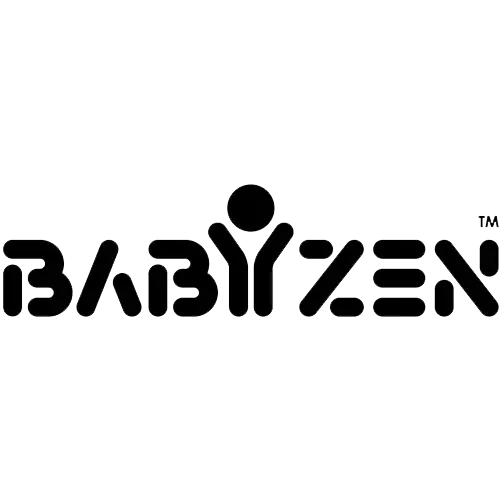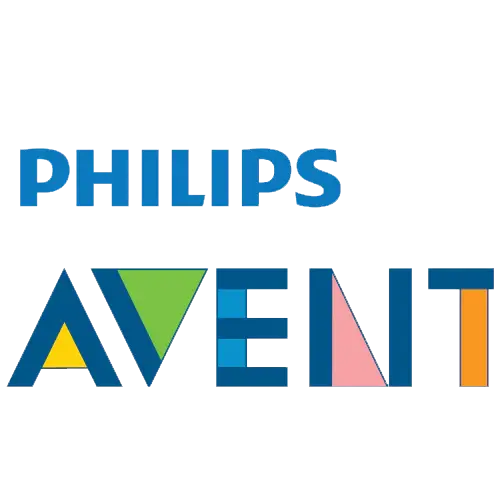Traditional Outfits for Children: Elegance and Heritage in Morocco
In Morocco, dressing children in traditional attire for special occasions is a gesture filled with meaning and pride. It's a way of passing on a precious cultural heritage and creating unforgettable memories. Whether for Eid celebrations, a wedding, a baptism (sbouâ), or a circumcision (tahara), seeing one's child adorned in a caftan, a djellaba, or a jabador is a moment of pure joy. These garments are not just clothes; they are a reflection of ancestral know-how, combining the beauty of the cuts with the richness of the embellishments for a majestic and touching result.
Far from being mere replicas of adult models, traditional children's outfits are now designed to combine aesthetics and comfort. Designers select noble and soft materials like silk crepe, velvet, or linen, and adapt the cuts to ensure complete freedom of movement, essential for the youngest. Each piece, whether adorned with Sfifa, Mâalem embroidery, or delicate beads, is a work of art that celebrates Moroccan craftsmanship. Offering a traditional outfit (لباس تقليدي) means introducing one's child to the elegance and richness of their culture.
A Ceremonial Wardrobe for Girls and Boys
Our collection celebrates the diversity of Moroccan craftsmanship with outfits designed for every child and every special occasion:
-
For girls: Elegant caftans (قفطان), modern djellabas, light gandouras, and complete traditional ensembles.
-
For boys: Two or three-piece jabadors (جبادور), often accompanied by their vest or selham, as well as refined tunics.
-
Accessories and unique pieces: Capes, burnouses, and traditional jackets to complete an outfit and add a final touch of elegance.
-
For the little ones: Adorable onesies and baby caftans, combining absolute comfort and traditional style.
Frequently Asked Questions about Traditional Outfits for Children
On which occasions should I dress my child in traditional attire?
Traditional outfits are perfect for all major celebrations: Eid al-Fitr and Eid al-Adha, weddings, baptisms, engagements, and circumcision parties (tahara). They are also ideal for family photos, cultural school events, or any other occasion where elegance is required.
How to choose the right size for a child's caftan or jabador?
Most outfits are sized by age range. For a perfect fit, measure your child's chest circumference and their length from shoulders to ankles. Do not hesitate to choose a slightly larger size so that the child is comfortable and can wear their outfit longer.
What are the recommended fabrics for children's comfort?
For children, prefer breathable and soft fabrics like silk crepe, linen, high-quality cotton, or Mlifa. Velvet is excellent for winter events. These noble materials ensure optimal comfort while offering an elegant and authentic drape.
How to care for a child's traditional outfit?
Due to the delicacy of the fabrics and embroidery, dry cleaning is strongly recommended to preserve the quality and colors of the outfit. For small stains, spot cleaning with a damp cloth and mild soap may suffice. Absolutely avoid machine washing.
What is the budget for a child's traditional outfit in Morocco?
The price varies greatly depending on the complexity of the craftsmanship (mâalem), the quality of the fabric, and the designer. A simple jabador for a boy can start at around 300 dirhams, while a ceremonial caftan for a girl can range from 500 to over 1500 dirhams for haute couture pieces.
Related searches
- girl's Eid caftan
- boy's wedding jabador
- luxury boy's circumcision outfit
- modern child's djellaba
- traditional baby boy clothing
- buy children's Eid outfit online Morocco
- Moroccan children's designer
- children's caftan shop Casablanca
- boy's velvet selham
- Moroccan girl's ceremony dress
- little girl's gandoura
- children's Eid outfit ideas














































































































